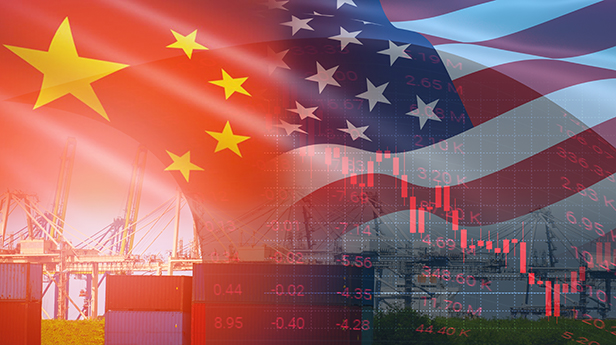October 24, 2019
China Pledges IP Protection, Agricultural Purchases in Potential Trade War Progress
Beijing and Washington, D.C. continue to work on the particulars of a “phase one” trade deal.
China passed a law this week that promises intellectual property protections for foreign companies operating in the country. It’s a potentially important step toward forging a new U.S./China trade deal, which would aim to resolve the more-than-year-long trade war between the world’s two largest national economies. The conflict has caused price increases and other impacts on the North American promotional products industry.
Intellectual property protection has been a paramount issue for President Donald Trump. His administration has insisted that Beijing stop its practice of forcing U.S. companies and other foreign firms to transfer trade secrets/intellectual property as a condition of doing business in China.

Reportedly set to take effect on Jan. 1, regulations China adopted this week will “ensure better protection for trade secrets and never allow forced technology transfer,” Ning Jizhe, the vice chairman of China’s National Development and Reform Commission, said at a press conference in Beijing, as reported by Fox Business. “Further, China will strengthen and speed up improvements made to standards for patents, trademarks, copyright infringement, counterfeiting judgments, inspection and identification."
Jizhe added: “Beijing will not discriminate between domestic and foreign enterprises when enforcing its IP laws.”
The reported Chinese legislative reform occurred as White House trade adviser Peter Navarro said that an under-construction “phase one” trade deal between the U.S. and China will contain intellectual property protections, with a focus on enforcement mechanisms. “The good news about this phase one ... is it adopted virtually the entire chapter in the deal last May that they reneged on for IP,” Navarro told Fox Business Network in an interview. “Practically it means if they steal our IP, we’ll be able to take retaliatory action without them retaliating.”
Earlier this month, Trump announced that the U.S. and China had, in principle, reached an initial pact on trade, with a more comprehensive deal to follow. Still, the preliminary pact hasn’t been signed yet. Both sides are hammering out the written legal particulars. It’s possible Trump and Chinese President Xi Jinping could ink their signatures to the deal at the Asia-Pacific Economic Cooperation Summit, being held in November in Chile.
The news on IP protection comes as reports surfaced that China is prepared to buy $20 billion in U.S. agricultural products in 2020 if it signs the partial trade deal. China, a report from Bloomberg indicated, would be open to further increasing purchases as trade talks progress.
BREAKING: China is willing to buy $20 billion of U.S. farm goods in year one if it signs a partial trade deal with the U.S., Bloomberg News reports https://t.co/KMvWm30Lbo pic.twitter.com/7m7fHF0FkK
— Bloomberg (@business) October 24, 2019
Most executives in the domestic promotional products industry are rooting for a sooner-than-later resolution to the trade war – and with reason. The vast majority of products sold in the domestic promotional products industry are made in China. Trump’s tariffs on approximately $360 billion in Chinese imports to date have triggered price increases on certain ad specialties, with more potentially forthcoming, and caused other negatives for promo, including fostering uncertainty in the marketplace that some fear could lead to pullback in end-client spend in 2020.
While remaining cautious, some top promo executives recently told Counselor that they’re heartened to see what they characterized as progress toward a trade deal, particularly as it pertains to the potential phase one pact. “We can be optimistic. This appears to be a positive sign that the dialogue is moving from posturing to solution gathering,” Terry McGuire, senior vice president of vendor relations at Top 40 distributor HALO Branded Solutions (asi/356000), told Counselor. “It’s certainly a step in the right direction toward stability in our industry’s supply chain, as we’re heavily dependent upon goods manufactured in China. Nonetheless, further positive steps are needed to ease the concerns of other sectors of the economy.”
